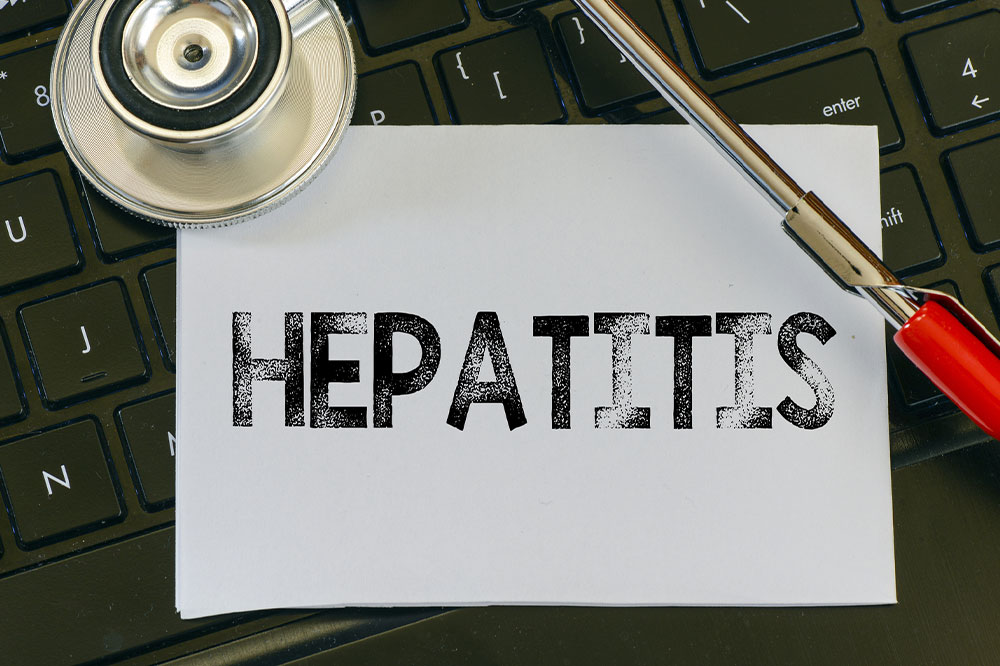Comprehensive Guide to Managing Liver Damage and Its Symptoms
This comprehensive article explores effective strategies to manage liver damage symptoms, including causes, early signs, diagnostic methods, and treatment options. Emphasizing lifestyle modifications, vaccination, and medical interventions, it provides valuable insights for maintaining liver health and preventing progression of liver disease. Early detection and proactive management are key to avoiding severe complications associated with liver conditions, making this guide essential for anyone concerned about liver health.

Comprehensive Strategies for Managing Liver Damage and Alleviating Symptoms
How can individuals effectively manage symptoms caused by liver damage and prevent further deterioration of liver health?
The liver, one of the body's most vital organs, is located just below the right rib cage. Its crucial functions include processing nutrients, detoxifying harmful substances, producing proteins essential for blood clotting, storing vitamins, minerals, and glycogen, and supporting overall metabolic health. Given its central role, any damage or dysfunction in the liver can lead to serious health consequences, impacting multiple systems in the body.
Understanding the causes, recognizing the symptoms early, and exploring effective treatment options are essential in managing liver health. This comprehensive guide delves into the primary causes of liver damage, common symptoms to watch for, diagnostic procedures, and lifestyle adjustments and medical interventions to help prevent progression and promote recovery.
What Are the Main Causes of Liver Dysfunction?
Viral infections: Hepatitis A, B, and C viruses are significant contributors to liver inflammation. These contagious viruses spread through contaminated water, food, blood, sexual contact, or close contact with infected individuals. Proper hygiene, vaccination, and safe practices are key preventive measures.
Autoimmune disorders: Conditions such as autoimmune hepatitis and primary biliary cirrhosis occur when the immune system mistakenly attacks liver tissue, leading to chronic inflammation and damage.
Genetic predispositions: Some inherited conditions, including Wilson’s disease (excess copper accumulation), Hemochromatosis (iron overload), and Alpha-1 antitrypsin deficiency, can cause harmful substance buildup in the liver, leading to progressive damage.
Cancerous growths: Liver cancers, notably hepatocellular carcinoma and bile duct cancers, both originate within the liver tissue and can cause functional impairment.
Excessive alcohol consumption: Chronic heavy drinking is a well-documented cause of alcoholic liver disease, leading from fatty liver to cirrhosis and liver failure if unaddressed.
Fat accumulation: Non-alcoholic fatty liver disease (NAFLD), caused by obesity, insulin resistance, or metabolic syndrome, impairs liver function and may progress to cirrhosis.
Recognizing the Symptoms of Liver Impairment
Early identification of liver problems is vital for effective management. Typical signs include:
Jaundice: Yellowing of the skin and eyes due to bilirubin accumulation.
Abdominal discomfort: Pain, swelling, and bloating in the upper right abdomen.
Itching: Persistent skin itchiness without an apparent cause.
Urinary and stool changes: Dark-colored urine and pale or blood-tinged stools indicate liver dysfunction.
Edema: Swelling in the legs and ankles resulting from fluid retention.
Extreme fatigue: Persistent tiredness unrelated to activity.
Nausea and vomiting: Common early symptoms of liver distress.
Loss of appetite: Reduced desire to eat, leading to weight loss.
Easy bruising and bleeding: Reduced clotting factor production increases bleeding risk.
Effective Strategies to Prevent and Manage Liver Damage Symptoms
Early detection and proactive management are crucial. Implementing lifestyle changes and following medical advice can significantly reduce the risk of disease progression:
Limit alcohol intake: For women, no more than one standard drink per day; for men, up to two. Abstain entirely if liver disease is diagnosed.
Avoid illicit drug use: Do not share needles or engage in risky injection practices to prevent hepatitis transmission.
Practice good hygiene: Proper sterilization during body piercings and tattoos, and adequate handwashing.
Safe sexual practices: Use condoms consistently to reduce viral transmission.
Vaccination: Get vaccinated against hepatitis A and B to prevent infection.
Prevent viral exposure: Avoid contact with infected individuals and use protective gear when handling blood or bodily fluids.
Handle toxins carefully: Wear gloves and protective clothing when dealing with hazardous chemicals like pesticides or insecticides.
Maintain healthy weight: Prevent non-alcoholic fatty liver disease through balanced diet and regular exercise.
Diagnosing Liver Conditions
Medical professionals assess symptoms and conduct a thorough medical history review. Typically, diagnosis involves multiple procedures:
Blood tests: Liver function panels evaluate enzymes, bilirubin, and proteins; genetic screenings identify inherited conditions.
Imaging assessments: Ultrasound, computed tomography (CT), and magnetic resonance imaging (MRI) provide detailed views of liver tissue and detect abnormalities.
Biopsy: A small tissue sample is obtained for microscopic examination to confirm inflammation, fibrosis, or cancer.
Available Treatment Options and Long-term Management
Your treatment plan will depend on the severity and underlying cause of liver damage. Mild cases often respond well to lifestyle modifications, including weight management, eating a balanced diet, and reducing alcohol consumption. For advanced or severe cases, medical interventions such as medications, herbal remedies like traditional Chinese medicine, or liver transplantation may be necessary.
Consistent follow-up and monitoring are essential to prevent further deterioration. If symptoms persist or worsen, immediate consultation with healthcare professionals is vital to adjust treatment and prevent complications.





